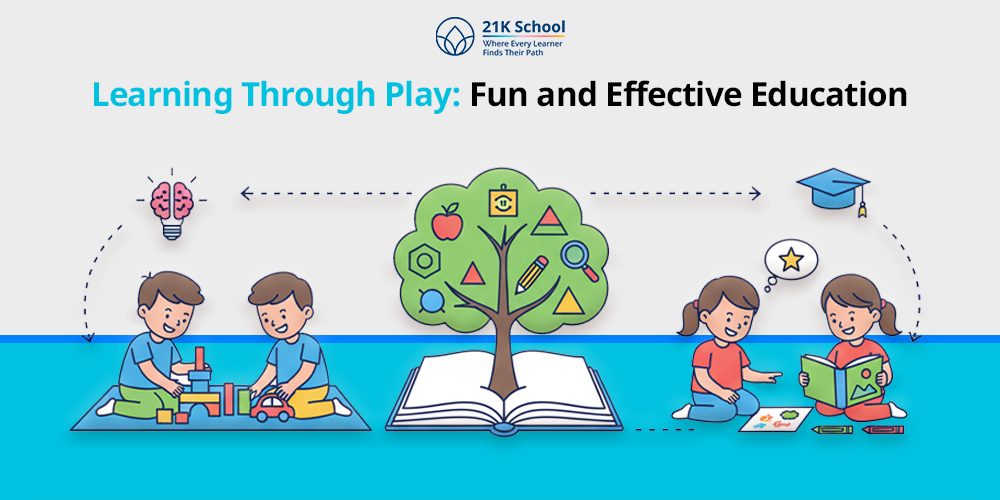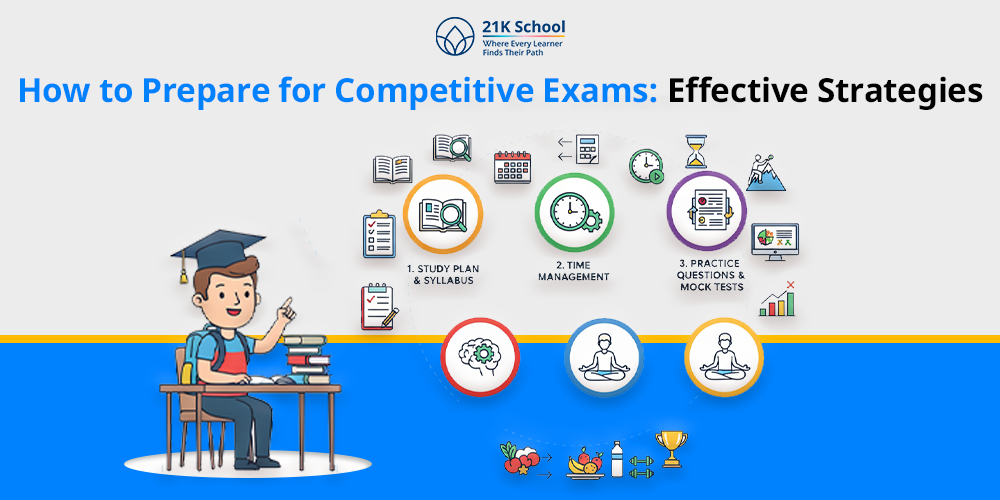
Open schooling is a dynamic and new trend in learning which is meant to open education to everyone, irrespective of their age, place, and other personal considerations.
Open schooling, unlike traditional schooling , where learners are obliged to attend classes at a specified time, not to mention attending classes physically, enables the learner to learn at their own pace and through diverse means that include online lessons, printed materials, radio and television shows, among others.
Open schooling is an improvement of access to education, providing more freedom, individually designed learning opportunities and the approach to making education both inclusive and accessible to everyone, where the learner can go on with their learning in a manner that best fits their goals and objectives.
Contents
What is Open Schooling?
Open schooling is another type of learning that is given the definition of a substitute way of learning. This will give the students an opportunity to know where, when and how they would wish to do it. It mostly emphasises resilience, equal opportunity and availability as it tries to make the students complete their studies in the future through the online learning methods .
The most famous examples of India are the National Institute of Open Schooling (NIOS), which gives the chance to obtain a legitimate degree similar to the conventional one.
This would encourage inclusivity because the learners have greater freedom of how and when to study, many opportunities to pass the exams, and they choose the course according to their requirements.
Objectives of Open Schooling
The main aim and objective of open schooling is to socialise education by eliminating the fixed frameworks of traditional schooling . Its objectives involve:
- It offers education to all, i.e., be it working professionals, homemakers, to specially-abled students.
- It motivates the learners to stay focused for the improvement of personal and career growth with the help of a lifetime and continuous learning approach.
- Empowers career-focused education, which is mostly arranged with the current job market.
Key Features of Open Schooling
Flexibility in time and space, access to as many learners as possible and personalised education (subjects and learning styles chosen by the student) are the main features of open schooling. The primary key features of open schooling are explained below:
1. Self-paced Learning
Self-paced learning allows students to join the module and leave it at various stages according to their availability and personal conditions.
This option is implemented for students who need to have breaks or intervals between classes to finish their studies at their own pace. This feature is mostly needed by the specially-abled students.
2. Open Entry and Exit System
Inclusive learning materials, such as e-books, audio and visual materials and online classes are available to the students.
The majority of the open schools are providing a very digitalised learning environment. It also facilitates the interactive learning session with the best experienced academic counsellors.
3. Study Materials through Online/Offline Modes
Students have access to inclusive learning materials, which include e-books, audio and visual content, and online classes.
Most of the open schools are offering a highly digitalised learning environment.
It also organises the interactive learning session with the top experienced academic counsellors.
4. Continuous Evaluation
Unlike a classroom-based learning, where final exams are used, the open schooling applies a comprehensive approach based on continuous evaluation.
Through the routine evaluations, practicals, projects and regular updates to the individual through the personalised feedback, the individual will keep informed about the lesson in addition to the progress made.
5. Recognition by Government and Education Boards
The Ministry of Education(MoE) and correspondence with the boards like CBSE , ICSE and State Boards are appreciating the institutions like NIOS in India.
This means that the students will be able to seek government or even private sector employment without the perception of rejection. They will also be obtaining a well-known certificate degree from the Open School, which is equivalent to classroom learning.
Advantages of Open Schooling
Open schooling is also flexible, cheap and available and is often convenient during the times when an individual has another commitment. The subjects also have more options, and they are provided with an opportunity to learn at their own pace. At this point, we will discuss the main merits of open schooling individually:
1. Flexibility in Learning
Open schooling introduces the model of particular flexibility, such as time, pace and access. Students are responsible for their school duties and work along with their individual activities.
This helps in easing the learning process for individuals who have diverse backgrounds.
2. Opportunity for Dropouts
This is among the most desirable benefits to the students who have left their schools because of health problems or monetary crisis, etc.
This gives them a second opportunity to continue their studies, and they do not fear being prejudiced or the age factor.
3. Promotes Lifelong Learning
It is a system that enables individuals of any age to acquire knowledge in their lives. It may be any middle-aged working individual who wants to upgrade his skills or an elderly person who desires to complete his education.
The concept of open school learning is becoming useful to individuals of every age and provides a lifelong learning experience.
4. Accessible and Affordable
The barriers that include the distance barrier, high cost and poor facilities, are eliminated under open schooling. It is particularly aimed at the benefit of the students or children of the rural regions and those who are economically poor.
The reason behind this is that the programmes in this case are cost-efficient and can be accessed by people across the nation through the administrative centres and online platforms.
5. Personalised Learning Approach
The manner or learning style is different in individuals. Each student is an individual, and open schooling recognises this. Thus, the system enables to empowerment of personalised learning channels.
The students are able to choose their subjects, electives, exam routines and other learning techniques. This enables learners to enjoy flexible education and make such decisions entirely on their own interests and those that are in line with their career objectives.
Conclusion
The Open Schooling is a future of education as flexible, student-centred learning and accessible learning. It inspires the learners to pursue education in all stages of life, as it promotes equality and access to lifetime learning.
Open schools might help to bridge the gap which exists between traditional learning and online learning , and therefore offer opportunities to people who were neglected in their future.
The government boards are acknowledging open schooling and accreditation by the universities. It is thus showing that it is a strong apparatus of skill-based empowerment in the 21st century.


